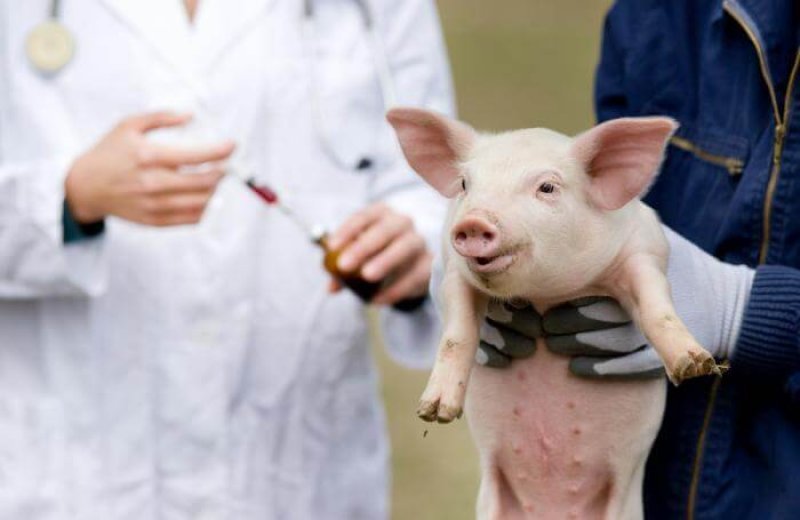Newly funded: Mitigating influenza transmission between pigs and people
November 1, 2021

Transmission of influenza viruses between pigs and people is one of the most significant yet least understood challenges facing the swine industry and public health. The challenge arises from the unpredictability of swine influenza infections becoming zoonotic and, in some instances, turning into a human pandemic like the 2009 H1N1 influenza outbreak. Frequent spillover of human-origin seasonal influenza viruses to pigs drives the diversity of the flu virus in pigs and results in new strains that threaten pig health, productivity, and public health. Once these strains infect pigs, they have the potential to cause disease when transmitted back to people. Despite these well-known risks, little is done at the pig-human interface to prevent these interspecies infections from happening in pig farms.
A University of Minnesota research team led by Montse Torremorell, DVM, PhD, and Marie Culhane, DVM, PhD, professors in the Department of Veterinary Population Medicine, recently received nearly $50,000 from the National Pork Board to research transmission of influenza virus between pigs and workers and to develop more effective measures to reduce virus spread. Swine farm workers in the U.S. are at an increased risk of exposure to zoonotic swine influenza and infected workers can then transmit disease from swine to others in close contact. A known source of worker infectivity is transmission of virus on hands, with one study reporting greater than 90 percent of samples from the hands of swine workers tested positive for influenza virus after vaccinating piglets and performing weaning chores.
Although many swine farms have rigorous biosecurity measures to protect pig health, programs for respiratory protection, personal protective equipment use, or other measures to prevent infection of workers are generally haphazard. Handwashing procedures on farms are not always possible or practical, and compliance may be limited. The research team led by Torremorell and Culhane will study the spread of virus on hands contaminated with organic matter and oral secretions such as mucus where the virus is better able to survive. By evaluating the load and duration of influenza virus viability, and by assessing hand hygiene procedures' effectiveness at decreasing detection and viability of influenza virus on hands of swine workers, the team hopes to identify best practices for hand hygiene going forward. They will compare washing hands with soap and water, water only, an alcohol-based hand rub, or use of disposable gloves and measure their ability to remove, inactivate, decrease or prevent influenza virus contamination of hands. The 12-month project will provide much-needed information on the effectiveness of hand hygiene interventions to decrease risk of influenza transmission from pigs to workers and vice versa, with applicability to many zoonotic disease scenarios.


